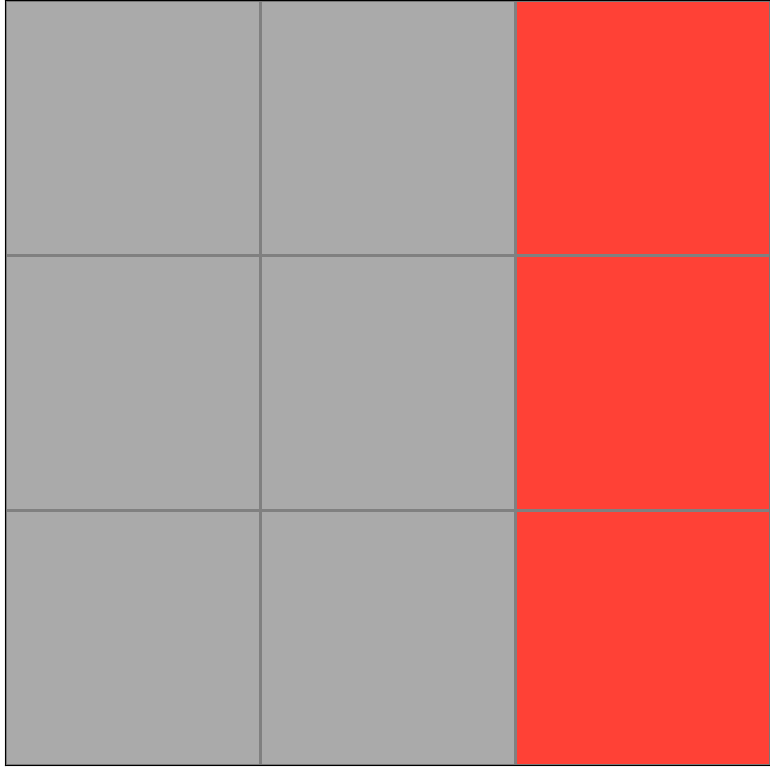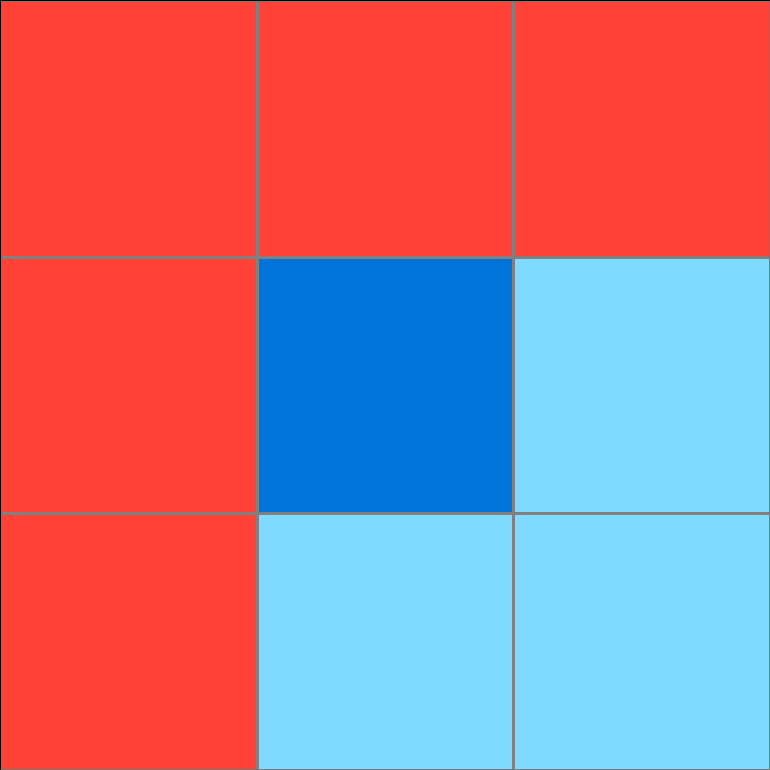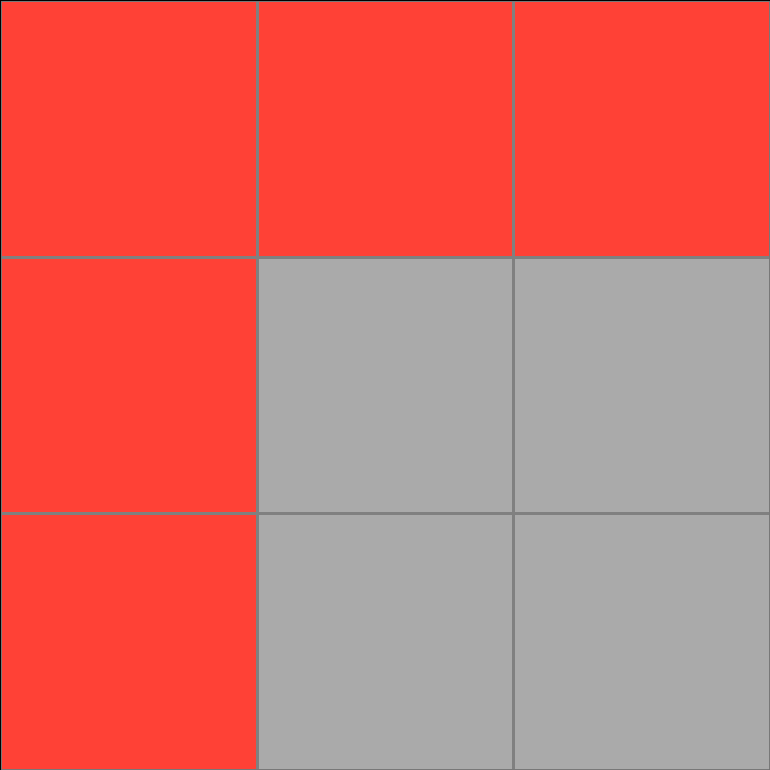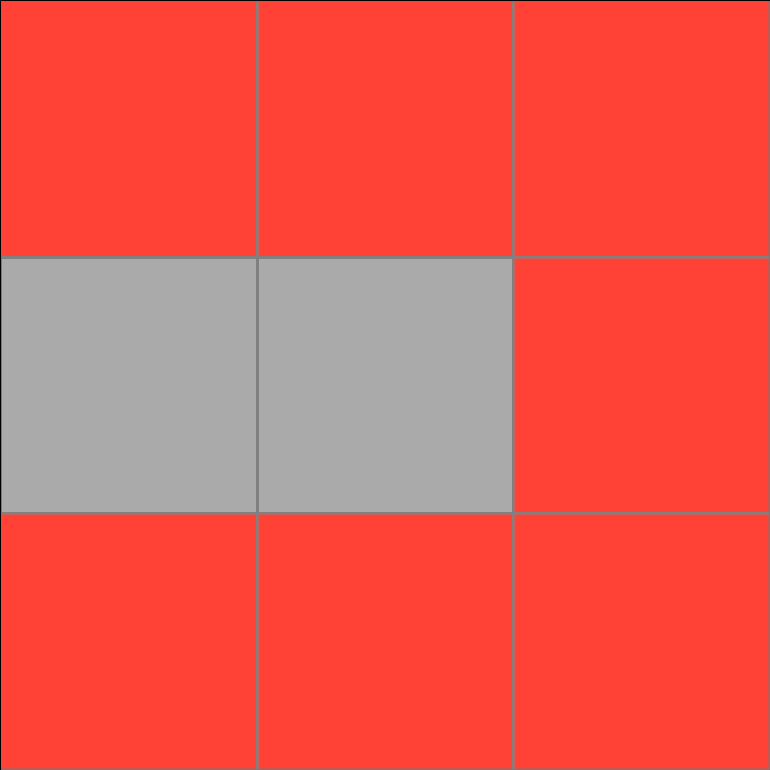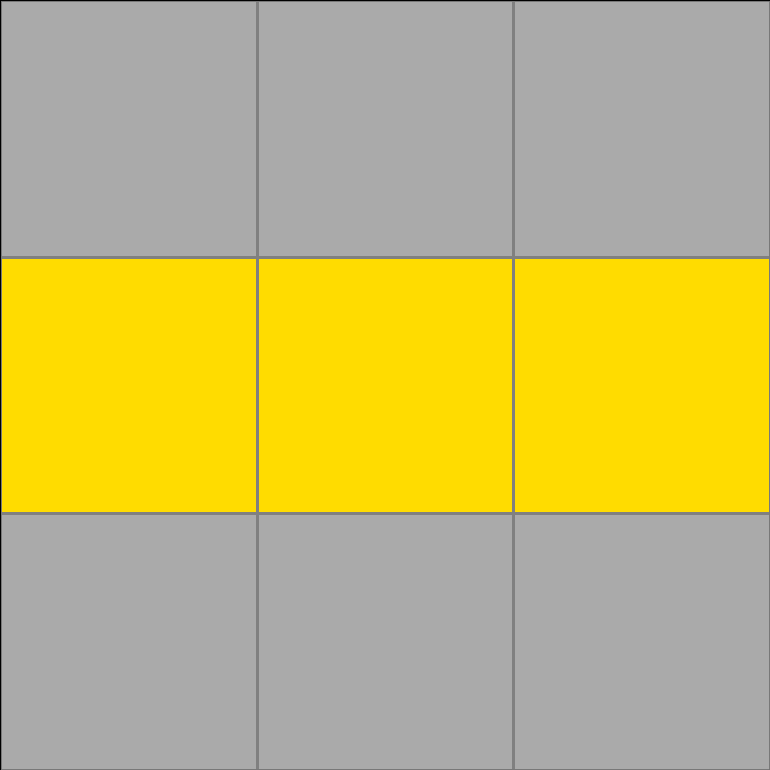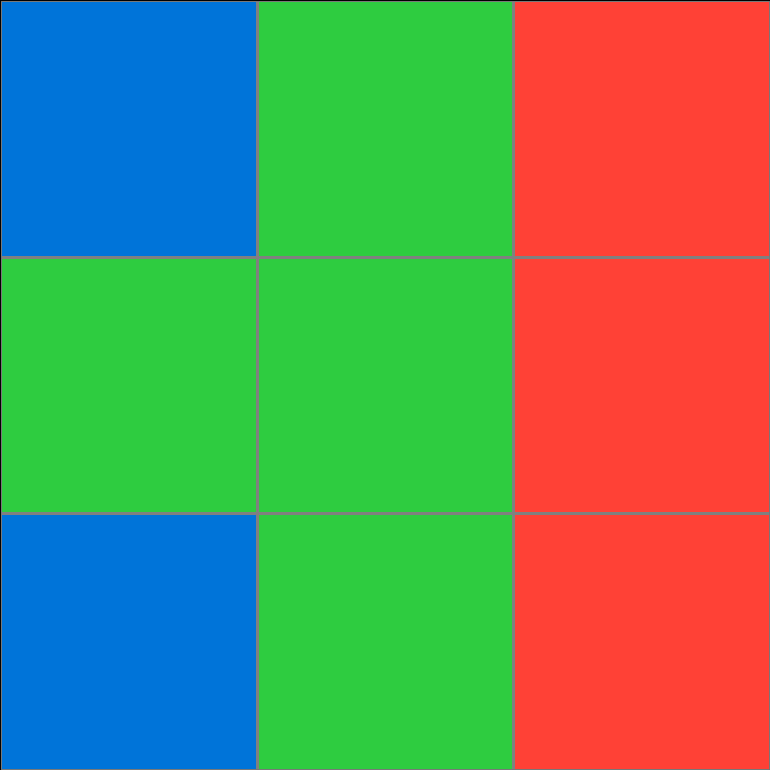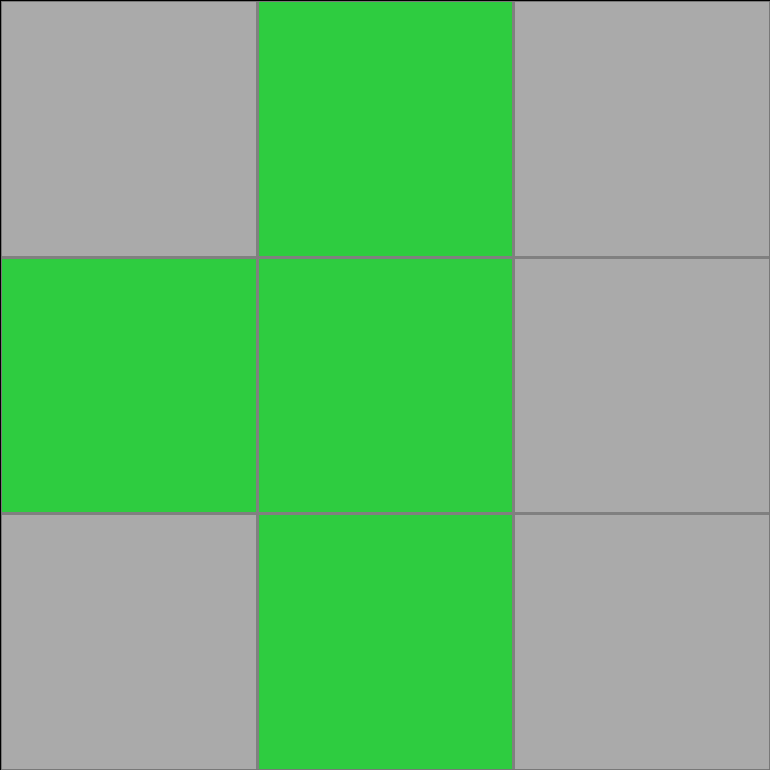Participant 1
Initial description: Create a complete vertical red line and green line from each red square, and then color the enclosed squares blue.
Final description: I assumed green needed to be gray according to the examples.
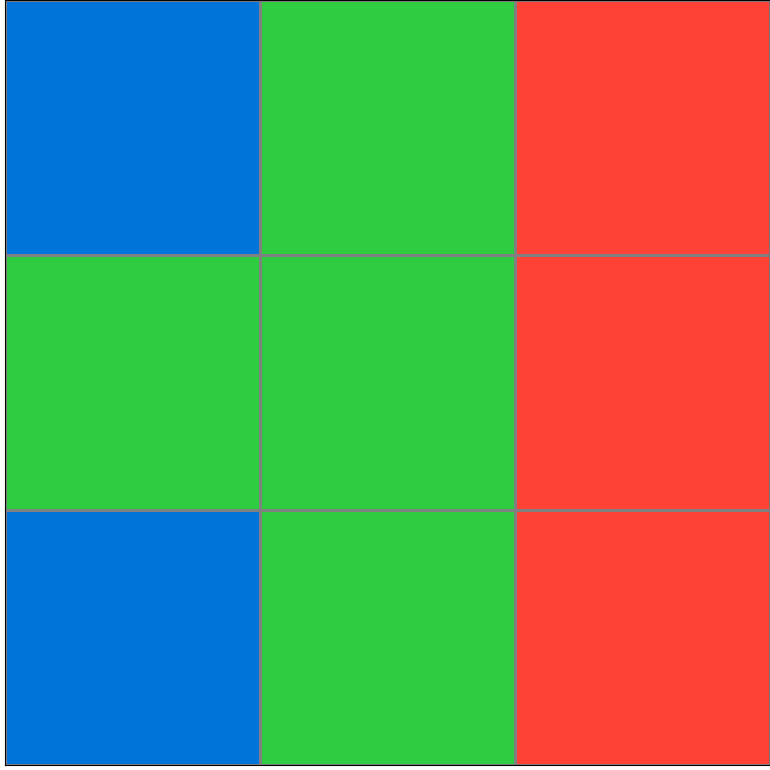

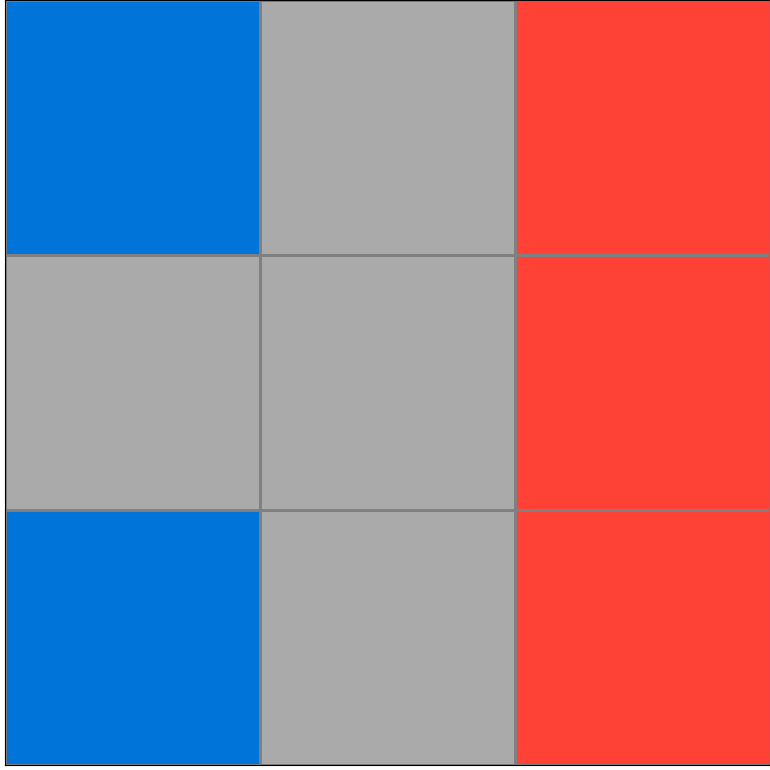
Participant 2
Initial description: keep the colored box with the most significant number
Final description: keep the colored box with the most significant number
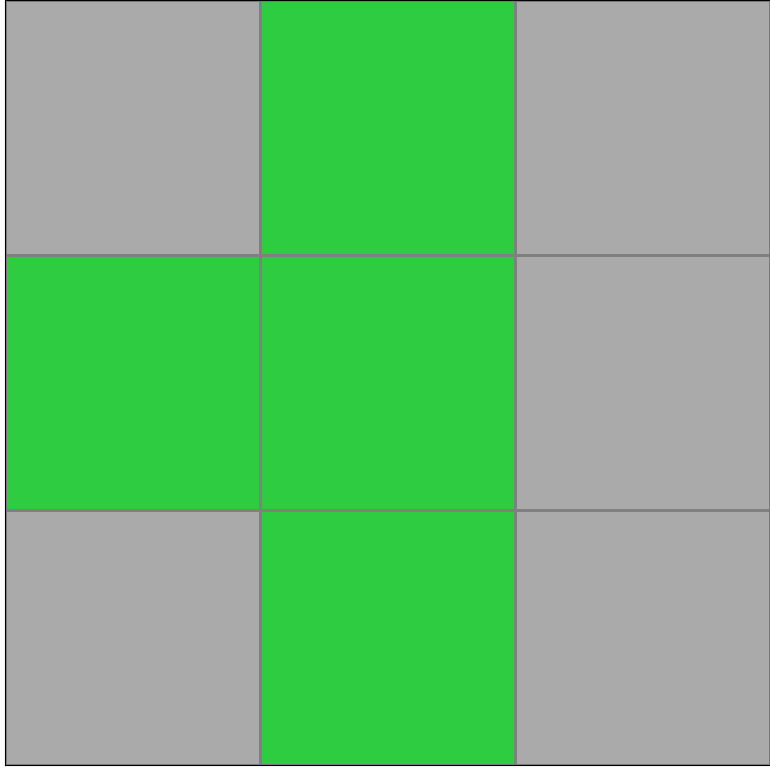
Participant 3
Initial description: The rule is that the input color with the largest number of tiles is preserved in the output and all other colors are set to gray in the output image.
Final description: The rule is that the input color with the largest number of tiles is preserved in the output and all other colors are set to gray in the output image.

Participant 4
Initial description: You remove the successive group of matching color cells that are the smallest. Leaving only the largest group of matching color cells.
Final description: I'm completely stumped. I explained my reasoning in my first answer. I thought my logic was sound. I have no idea what else I could be. The second two attempts were complete guesses. The pattern doesn't transform at all. I don't know.
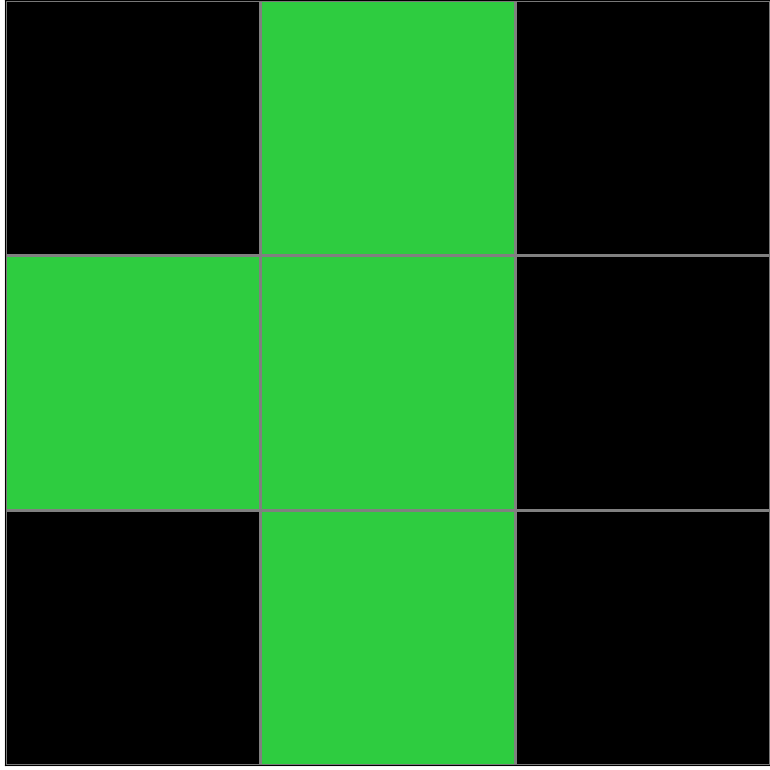
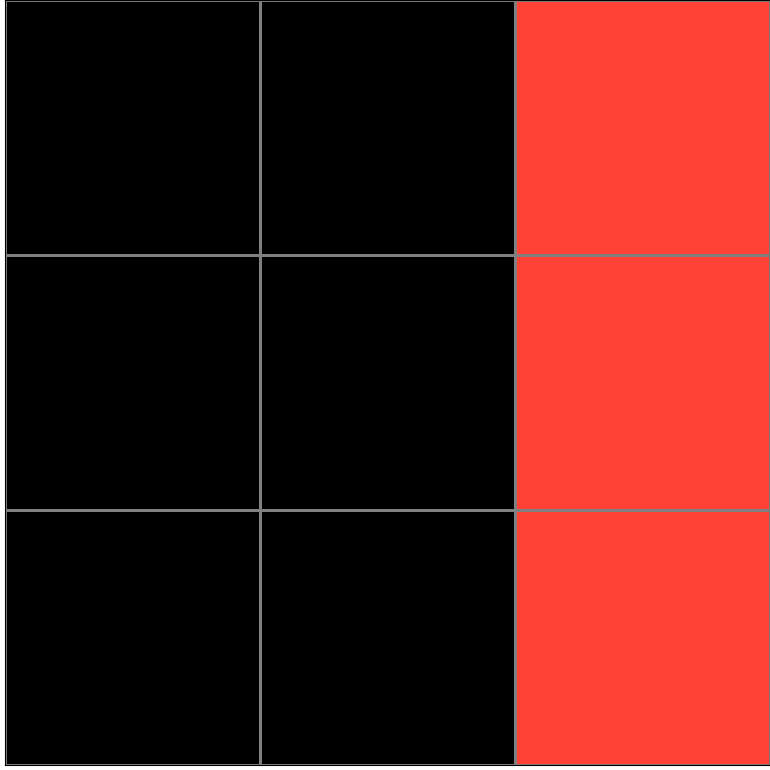

Participant 5
Initial description: Only the color with the most squares on the input gets copied to it's position in the output. All other spaces are greyed out.
Final description: Only the color with the most squares on the input gets copied to it's position in the output. All other spaces are greyed out.

Participant 6
Initial description: change every color to grey except the one with the most squares
Final description: change every color to grey except the one with the most squares
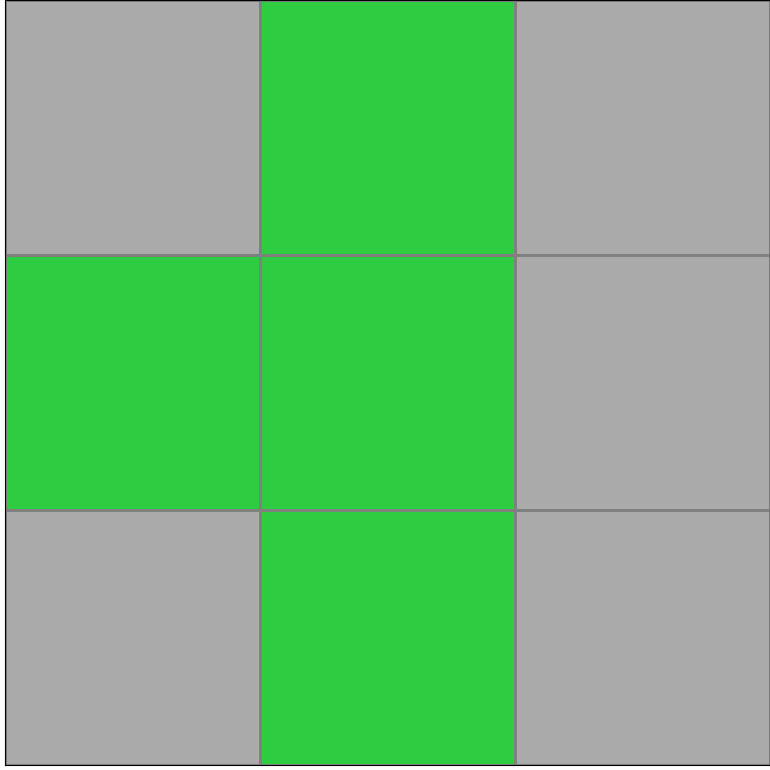
Participant 7
Initial description: Three squares in a row of the same color are copied over to the output. Any squares of color less than three are colored gray.
Final description: It seemed like groups of three colors transferred over. But single squares of color would change gray.
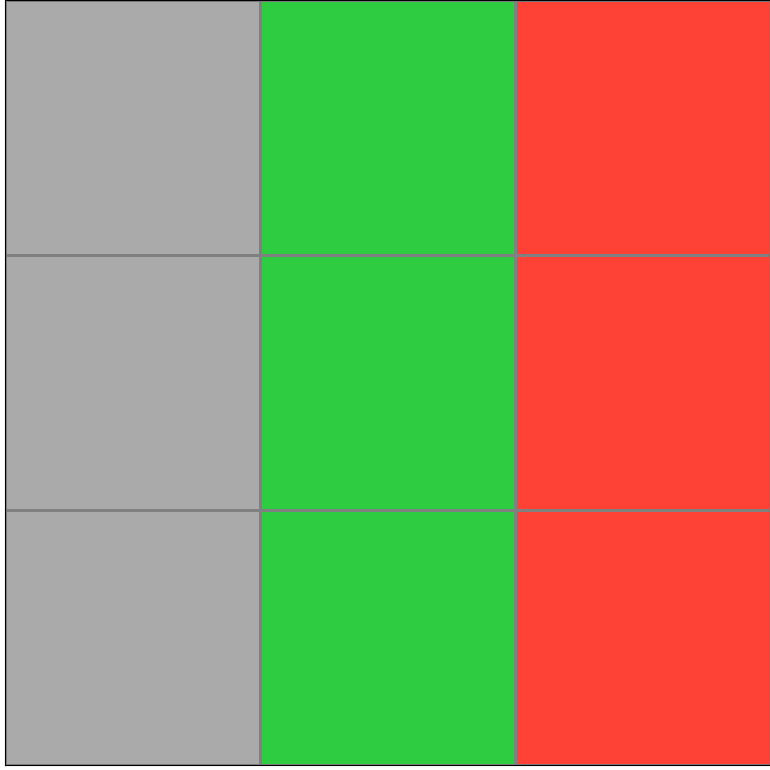
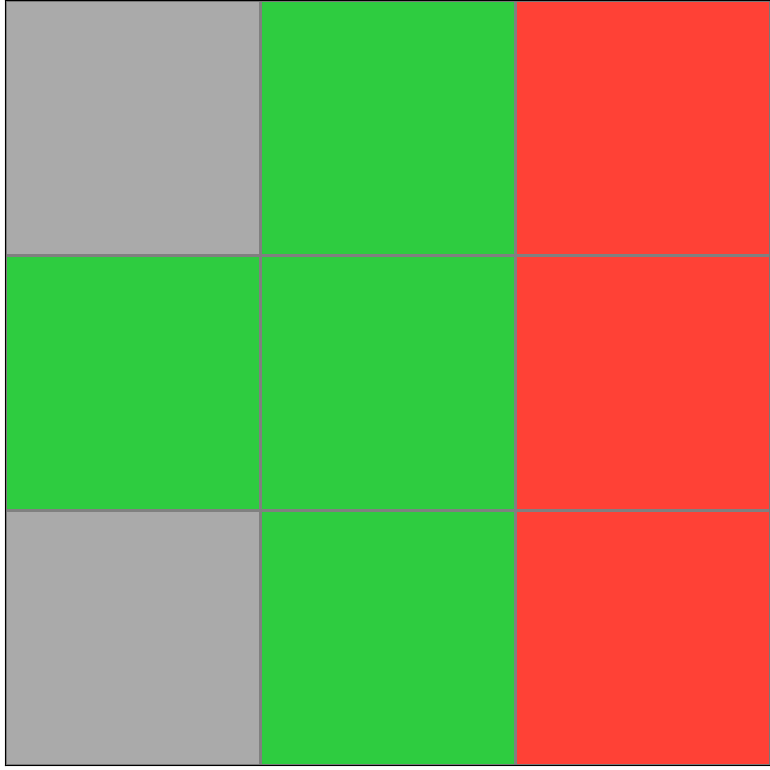
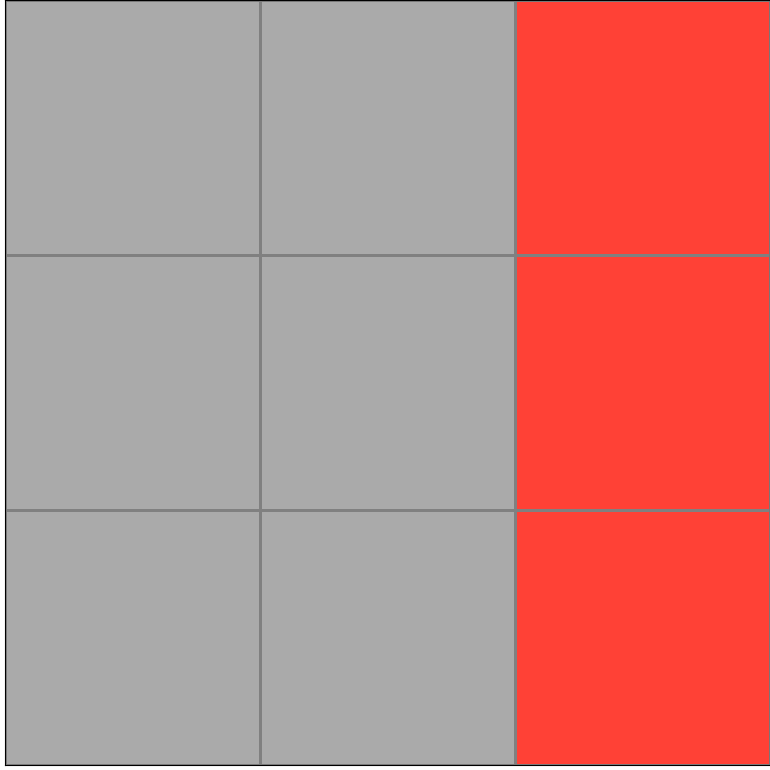
Participant 8
Initial description: From the input grid find the collection of connected blocks of the same color that has more blocks in it than other different colored same-colored connected block collections and replicate that largest collection in the output grid, and turn the remaininb black blocks in the output grid gre; I only noticed about the grey part after I started writing this and maybe I'll get a second chance; I'd tried to turn a block grey while writing this but it turned green. MTurk ID A25PT4YG045XLB
Final description: From the input grid find the collection of connected blocks of the same color that has more blocks in it than other different colored same-colored connected block collections and replicate that largest collection in the output grid, and turn the remaining black blocks in the output grid gre; I only noticed about the grey part after I started writing this and maybe I'll get a second chance; I'd tried to turn a block grey while writing this but it turned green. MTurk ID A25PT4YG045XLB
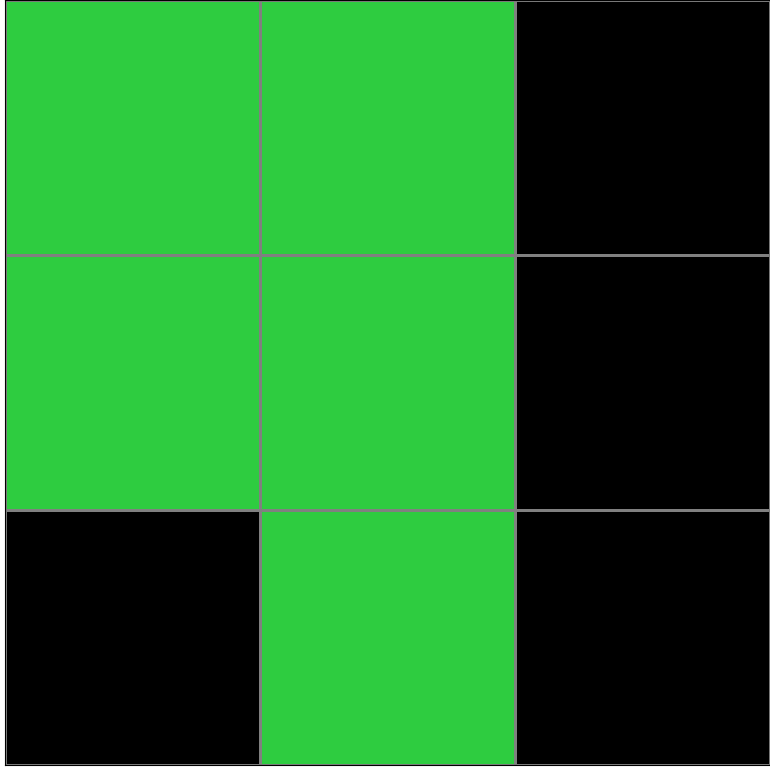
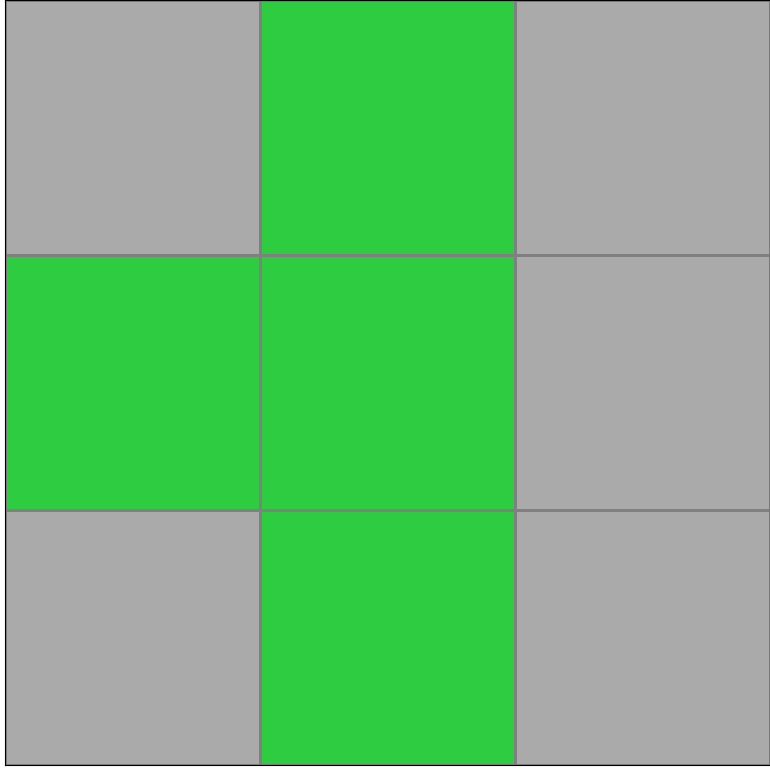
Participant 9
Initial description: The color with the most blocks in the pattern remains, the others are painted grey.
Final description: The color with the most blocks in the pattern remains, the others are painted grey.

Participant 10
Initial description: It match the certain shape of color and remove remaining color.
Final description: To keep some shape according to the color and removing remaining color.



Participant 11
Initial description: The color pattern with the most squares stays and the other squares turn gray.
Final description: The color pattern with the most squares stays and the other squares turn gray.
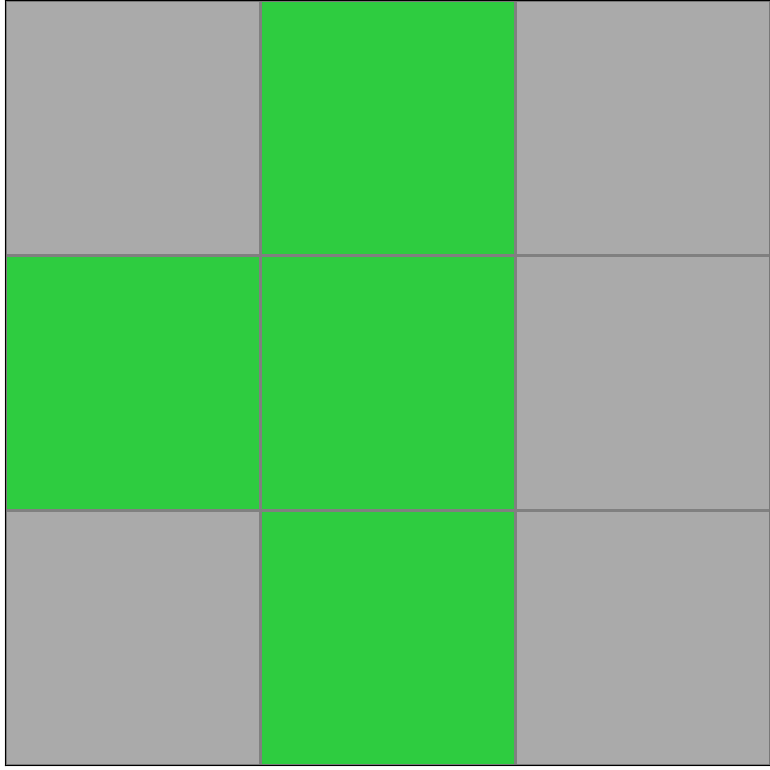
Participant 12
Initial description: The output is filled with gray. The largest connected color group in the input is then copied over to the output.
Final description: The output is filled with gray. The largest connected color group in the input is then copied over to the output.

Participant 13
Initial description: Again, this seemed to have jumped to the explanation without giving me a chance to test input.
Final description: I thought at first the red would be the only color and the rest gray. Then I thought maybe it's only the blue. The green was always gray in the example. And there was never more than one color on the example output besides the gray. So I'm not sure what happened on this one.

